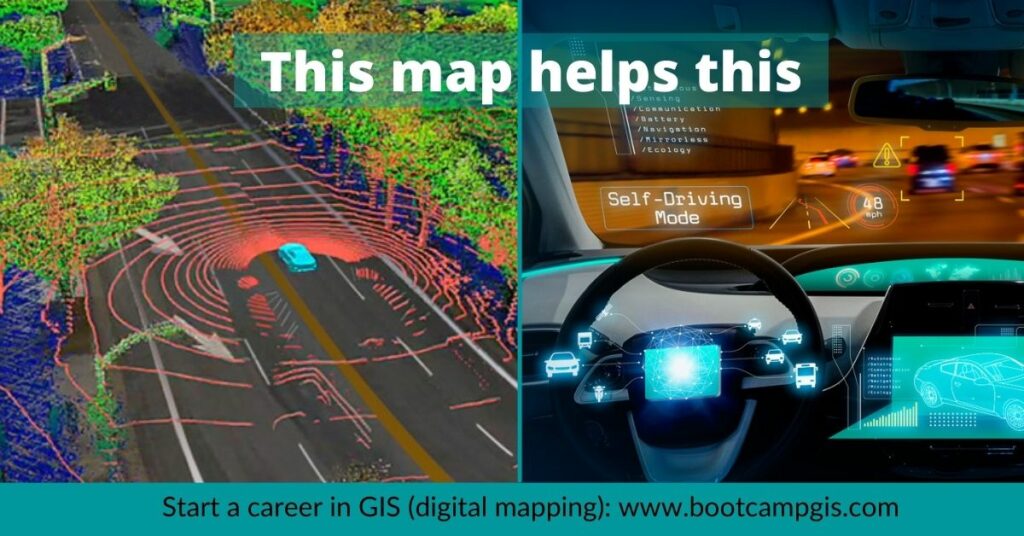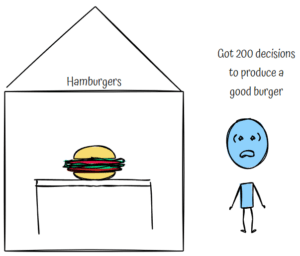Start Building GeoAI Skills
You’ll be more marketable if you learn GeoAI
What is GeoAI
Everyone has heard of Artificial Intelligence (AI). It’s the automation of tasks based on the learning of behaviors seen in dynamic data to produce new information. The algorithms are self learning and continually discover trends. Add locational prediction and you have GeoAI.
AI concepts simply explained
Artificial Neural Networks (ANN)
It’s a network made up of multiple nodes where each node has a function determining a simple output. This emulates the way a biological brain fires decisions in animals. The ANN is used to train an AI system on how to think quickly.
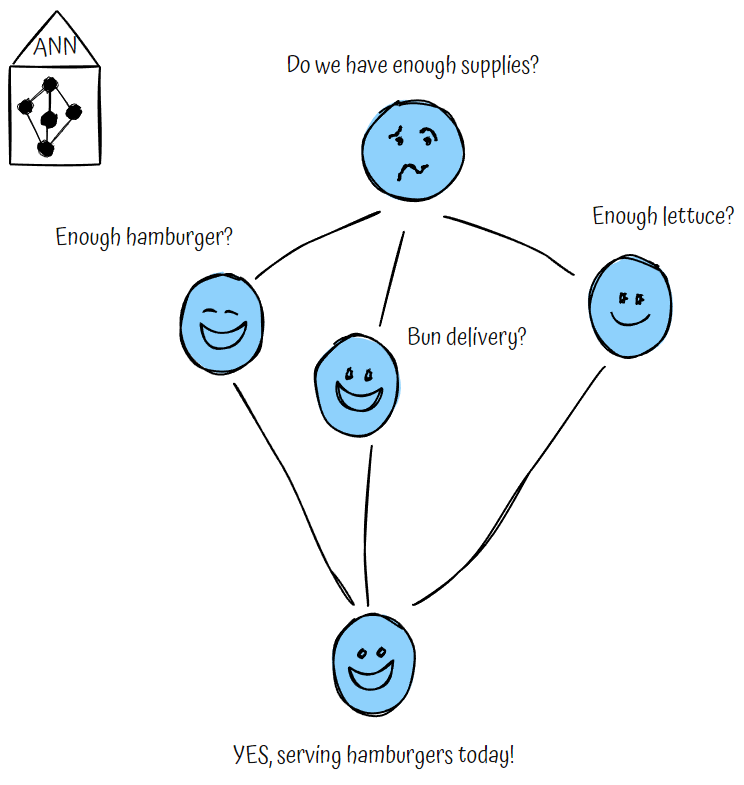
Machine Learning (ML)
This is a model used for well-defined tasks with structured data. Outcomes teach the model to make new decisions.
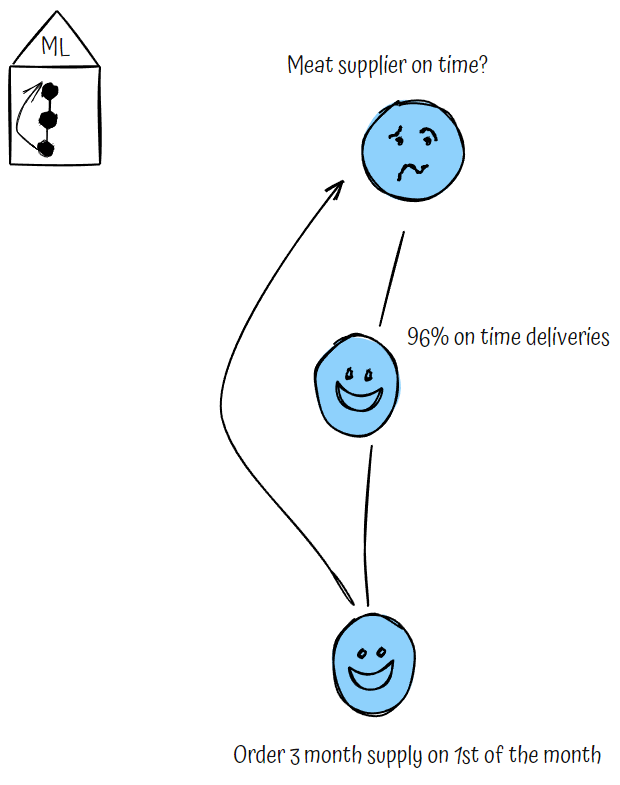
Natural Language Processing (NLP)
This is the machine learning technology that gives computers the ability to interpret, manipulate, and comprehend human language.
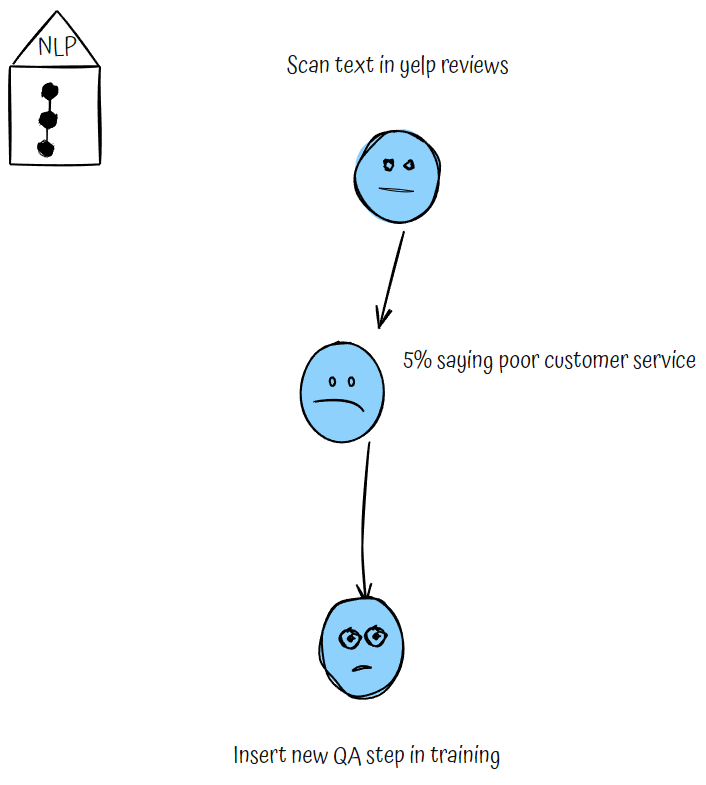
Deep Learning (DL)
This is a type of machine learning in which multiple layers of complex tasks can make sense of unstructured data such as posts in the social media sphere.
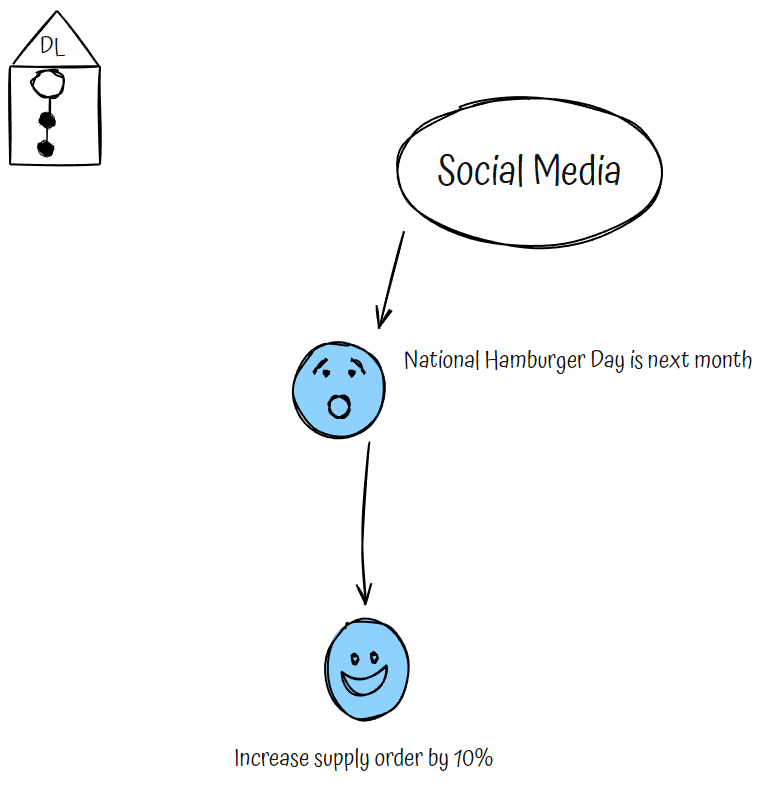
Ensemble Learning (EL)
An approach in which two or more models are applied to the same data and the predictions of each model are combined.
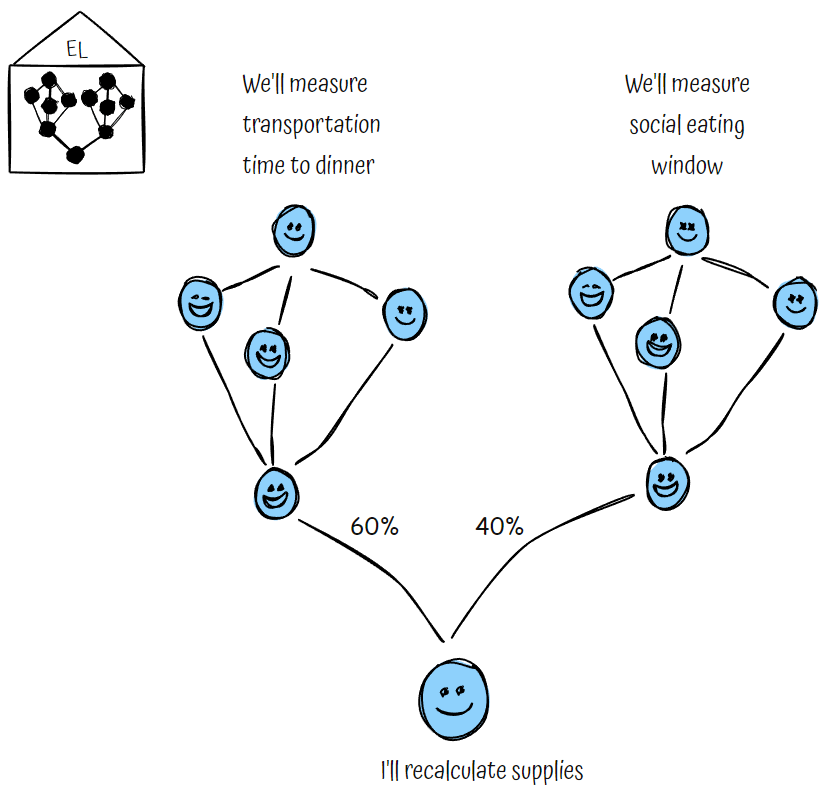
GeoAI skills are marketable
The projection is that AI types of jobs will increase by 40% from 2023-2027. And the average salary of a machine learning engineer is $133,226 (365 DataScience report).
There are a combination of technologies that you should be looking to learn:
- APIs – programmer interfaces that allow you to fetch a variety of data
- Python – create scripts that automate data extraction, cleaning, and loading
- R – a package for statistical analysis and graphics
- Google Cloud / AWS – available preconfigured base models to create content or make predictions
- ArcGIS Pro – new GeoAI tools within ArcToolBox to run spatial functions
So now it’s time to take action with your portfolio. You might start by learning from tutorials at Esri to run some of the no-code GeoAI tools. Or you might seek a college degree that offers a class within their curriculum. Alternatively, you might want a more practical approach and learn how to create a GeoAI process in a project use-case. If you pursue this last option, you’ll be exposed to the wider tech stack that’s used in the industry.
Learn from the best industry experts

Bo Wilmer


Imtiaz Syed


Nate Smith

Our approach to getting a GIS career you want

-
Learn the right skills
A blend of GIS and IT will teach you how to make the map system rather than just a map.
-
Network with the right people
Meet targeted people to get hired with a desired company.
-
Brand yourself with a purpose
Show prospects that you have a focused career objective.

